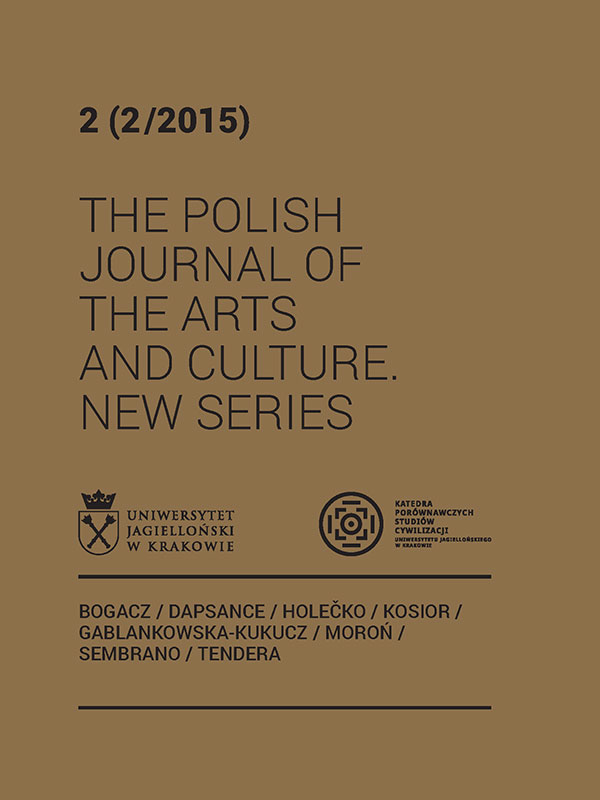Initiation Rituals in Shingon and Tibetan Buddhism
Initiation Rituals in Shingon and Tibetan Buddhism
Author(s): Jolanta Gablankowska-KukuczSubject(s): Anthropology, Comparative Studies of Religion
Published by: Wydawnictwo Uniwersytetu Jagiellońskiego
Keywords: Tibetan Buddhism; Shingon; Mikkyō; abhiṣeka; tantra
Summary/Abstract: Initiation rituals which are present in Shingon Buddhism have a lot of similarities with abhiṣekas of Tibetan Buddhism. In esoteric practices of Shingon formal actions as fasting, keeping cleanliness of the body and surroundings, are very important which resemble the necessary behaviour in outer yogas – kriyā and caryā tantra. The initiation steps, especially the higher ones, resemble stages of yoga and anuttarayoga tantra abhiṣekas. Explanation of mandala symbolism in both Buddhist schools is also very much alike. Mandalas are symbols of a transcendent, universal Buddhahood – as a pure universe but also as mirrors of the mind and all activities of consciousness and phenomena. Mikkyō describes the “universal form” of all beings and things in terms of Four Mandalas, which are identical to those found in yoga tantra in Tibetan Buddhism, where Four Mandalas of Body, Mind, Speech and Action are present. Initiation rituals in Shingon are mostly kept secret. Tradition prescribes all details and steps as well as the number of candidates, which often is limited to one, two, four – up to ten. In abhiṣekas granted by Tibetan masters thousands of people often take part, but when ritual is full and all the explanations are given, secrecy is also kept.
Journal: The Polish Journal of the Arts and Culture. New Series
- Issue Year: 2/2015
- Issue No: 2
- Page Range: 43-53
- Page Count: 11
- Language: English

